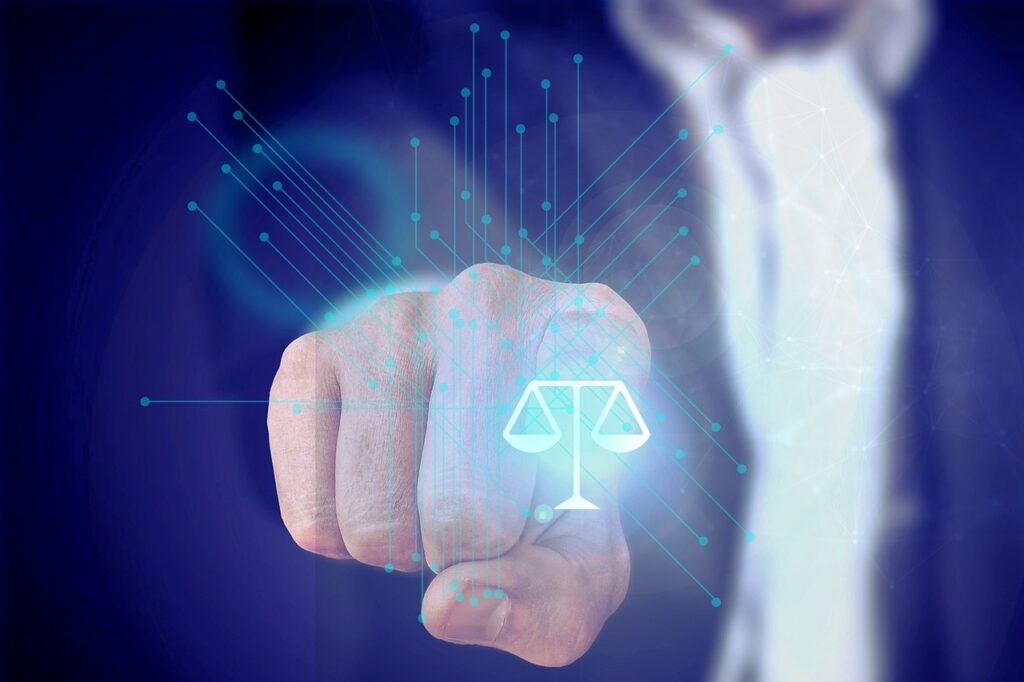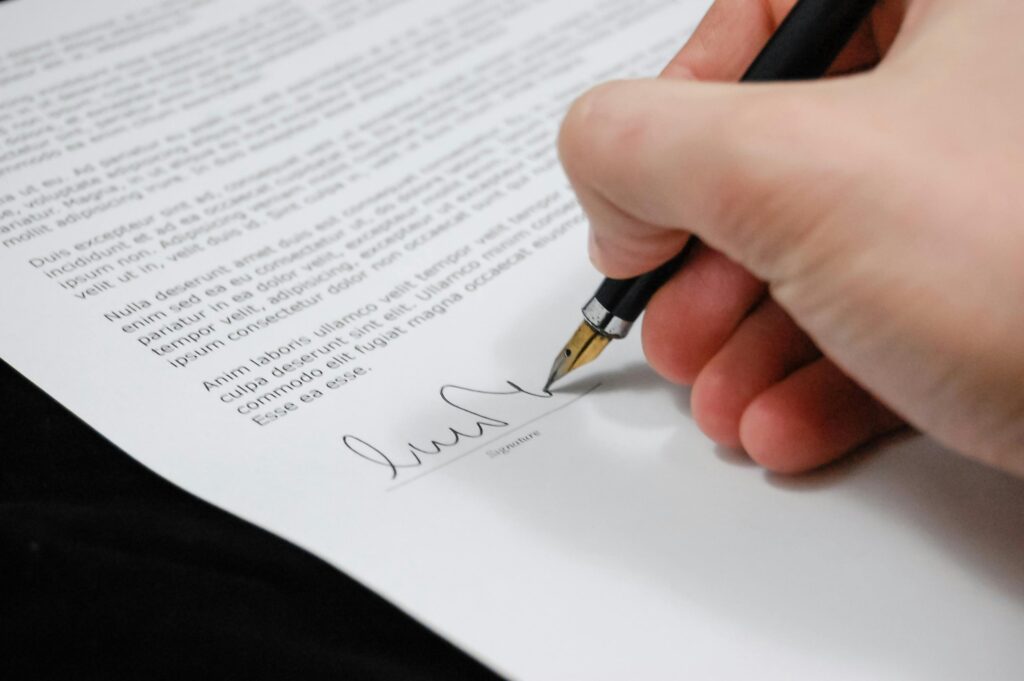Published on 21st June 2025
Authored By: Bhumi Anil Kakad
Adv. Balasaheb Apte College Of Law
Introduction
Forensic evidence has become a pillar of modern criminal justice, securing science-based accuracy in pursuing the truth. DNA traces, fingerprint impressions, and computer traces, forensic science enables investigators and courts to pursue facts not detectable by human senses. Its objective nature serves as a deciding factor in the apprehension of criminals, the exculpation of innocents, and the verification of witness testimony.
The use of forensic science in criminal proceedings has come a long way. From rudimentary fingerprint comparison in the early part of the 20th century to sophisticated techniques like forensic genomics and computer forensics today, the ambit and reliability of scientific evidence have increased manyfold. Courts are increasingly relying on such evidence to lend weight to investigations.
But with the greater use of forensic equipment, problems of admissibility as legal evidence before a court of law, standardization, and interpretation have also gained prominence. jurisdictions across the world have varying criteria for admitting forensic evidence into court. Further, emerging technology brings new challenges and trends among the scientific community and the legal community. It is necessary to understand how forensic evidence is presented, examined, and challenged at trial in an attempt to preserve both justice and due process.
Definition and Types of Forensic Evidence
Forensic evidence is information gathered using science and applied within the legal system to validate or disprove components of a criminal investigation. The primary function of forensic evidence is to prove facts identity, time, manner of death, or presence on the scene, for example, in objective instead of subjective testimony.
Forensic evidence exists in a variety of formats, and all of them serve a purpose within criminal cases
- DNA Evidence: Most precise of the types, DNA profiling can link a suspect to forensic evidence at the scene.
- Fingerprint Analysis: Unique to an individual, fingerprints can identify individuals at the crime scene or on evidence.
- Ballistics: Examines guns, cartridges, and bullet paths to reconstruct unintentional shootings.
- Digital Forensics: Recovery and analysis of electronic evidence from computers, cell phones, and the internet.
- Toxicology Reports: Identify drugs, alcohol, or poison in a victim’s body.
- Trace Evidence: Fibers, hair, dirt, or glass fragments that can create physical connections.
All of them, when scientifically collected and tested, provide helpful layers of factual support and authenticity to a criminal prosecution. The variety and scientific discipline of forensic aids have transformed them into a part of contemporary trial practice.
Legal Admissibility of Forensic Evidence
Whether it can be accepted in a criminal trial or not depends on jurisdictional legal criteria and judge gatekeeping. The key considerations are the reliability of the process, the qualifications of expert witnesses, and whether there is an adequate chain of custody.
- India (Indian Evidence Act, 1872)
According to Sections 45–51 of the Indian Evidence Act, any “fact specially relevant” based on expert knowledge, such as handwriting, fingerprint identification, or medical opinion, can be proved by the evidence of an expert. The court should be sure that the expert is well-trained, experienced, and free from bias. In Selvi v. State of Karnataka, 2010, the Indian Supreme Court ruled that involuntary narcoanalysis, polygraph, and brain-mapping examinations are contraventions of Article 20(3) (protection against self-incrimination) unless the subject consents, limiting admissibility of these procedures. Chain of custody requirements, creating a record of every person who has touched the evidence, are necessary to ensure integrity and avoid tampering or contamination.
- United States (Frye and Daubert Standards)
- Frye Standard (1923): Under Frye v. United States, this test requires the scientific process to be “generally accepted” by the pertinent scientific community before it can be admissible.
- Daubert Standard (1993): In Daubert v. Merrell Dow Pharmaceuticals, the U.S. Supreme Court assigned gatekeeping duty to federal judges, who should consider:
- Testability of the process;
- Peer review and publication;
- Known or potential error rates;
- Standards covering the operation of the technique that are available;
- Scientific general acceptance.
Federal Rule of Evidence 702 codifies Daubert, requiring expert evidence to be able to “help the trier of fact” and based on sound principles.
- United Kingdom
England and Wales are regulated in evidence admissibility by the expert Criminal Practice Directions and the CPR Part 35 (Civil Procedure Rules), used similarly in criminal cases. Experts must prove relevance, necessity, and that they have sufficient means and adequate, reliable means with accepted principles founded on them. Judges exercise discretion, balancing probative value versus potential unfair prejudice.
Role of Expert Witnesses
Across jurisdictions, professionals must be impartial, show expertise, and make their methods accessible. Judges may conduct “voir dire” hearings to determine qualifications and the science of the evidence before allowing the jury to hear it.
Chain of Custody
Chain of custody preservation from potential collection to analysis to court presentation is priceless. Disturbance can lead to exclusion of evidence or successful objections to admissibility, making diligent documentation and secure storage procedures necessary.
Challenges and Concerns
Despite its life-altering worth, forensic evidence is prone to error and poses several challenges:
- Human Error and Laboratory Inaccuracies
Forensic analysis involves complicated procedures, from sample preparation to instrument calibration. Support personnel in labs can go wrong, mistakenly marking evidence, exposing samples to contamination, or misreading chromatograms that render results useless. Celebrity cases (such as the flawed hair‐comparison testimony) demonstrate how far off “objective” science can be taken by human mistake.
- The “CSI Effect” and Overreliance
Crime dramas have intensified unrealistic jurors’ expectations, and they tend to overestimate the determinativeness of forensic methods. This “CSI effect” can pressure prosecutors to introduce scientific evidence in all cases and lead jurors to disregard established evidence when forensic evidence is lacking or uncertain.
- False Positives and Misinterpretation
No analytical technique is perfect. False positives can be generated by DNA mixtures, partial fingerprint impressions, or low-quality digital images. Defying statistical interpretation, e.g., likelihood ratios in DNA profiling, the courts are then able to apply such questionable information to determine a verdict and, therefore, continue to cause wrongful convictions.
- No Standardization
Quality at forensic labs varies as regards accreditation, equipment, and method consistency. Irregular methodologies across jurisdictions hinder reproducibility and erode confidence in the outcome. Global calls for global best practice and mandatory accreditation have both increased in the developed and developing jurisprudence.
- Inadequate Legal Professional Awareness
The majority of lawyers and judges receive very little education on the science underlying forensic techniques. This deficit can result in inadequate cross-examination of experts or not recognizing methodological flaws, eroding the gatekeeping role of the court.
These problems need to be resolved in order to offer confidence that forensic evidence is utilized for justice, not against it.
Recent Trends and Developments
The decade has seen remarkable technological and methodological advances in forensic science that are transforming the character of criminal investigations worldwide.
Advances in DNA Technology and Rapid DNA Testing
Conventional DNA profiling is weeks or days, but new rapid DNA machines can now deliver a complete genetic profile in two hours. “Lab‐in‐a‐van” technology is being shipped more and more to booking stations and crime scenes to enable near–real-time searching against offender databases. Greater sensitivity also allows analysts to generate profiles from progressively smaller biological residues, but this creates issues regarding low-level contamination.
Artificial Intelligence and Machine Learning
Algorithmic algorithms enabled by artificial intelligence now assist in pattern analysis work such as comparing prints on equipment, categorizing shoe prints, and sorting huge quantities of computer data. Algorithmic machine learning algorithms can be instructed on large sets of data to detect anomalies that might have escaped human experts’ notice. Yet computer “black box” applications pose transparency, explainability, and court admissibility problems.
As cybercrime grows, so has digital forensics to encompass cloud extraction of data, mobile phone “live” examinations, and Internet-of-Things (IoT) artifact examinations. Examiners now retrieve smart home appliance logs, can decrypt end-to-end encrypted communication apps, and perform timeline reconstruction with correlated standalone sources of evidence.
Forensic Genealogy and Facial Recognition
Use of public-domain genealogy sites to identify suspects by way of relative DNA initially created for trashy, high-profile cold-case arrests is becoming more widespread, sparking outrage at privacy and consent. Similarly, face-scanning technology used by police allows for near-instant identification of suspects from security cameras, but its admitted bias against one demographic has prompted some jurisdictions to impose moratoria or stringent standards of accuracy.
Cross-border exchange of information through INTERPOL’s DNA and fingerprint records makes international investigations easier. The National Forensic Sciences University (previously NFSU Guwahati) in India has developed as a research and training institution to support standardization and accreditation of central and state forensic science laboratories.
Together, these enhancements promise faster, more complete analysis but also raise the potential of needing good validation, moral governance, and continued training so that cutting-edge technologies enhance, rather than suck away from, fair distribution of justice.
Judicial Perspective and Case Studies
Judiciaries across the world have grappled with adapting forensic practice, typically in landmark decisions establishing admissibility and interpretation. In India, the Supreme Court in Selvi v. State of Karnataka (2010) held unanimously that forced narcoanalysis, polygraph, and brain‐mapping tests infringe Article 20(3) rights and can be admitted only if consented to. Similarly, in State of Punjab v. Ramdev (2004), the Court highlighted strict chain-of-custody conditions for DNA, mandating contemporaneous documentation at every stage of handling.
In the United States, Daubert v. Merrell Dow Pharmaceuticals (1993) transformed federal practice by enlisting judges as “gatekeepers” who filter scientific validity and relevance before jury presentation. Subsequent cases, e.g., General Electric Co. v. Joiner (1997) and Kumho Tire Co. v. Carmichael (1999) extended Daubert to cover all expert testimony, broadening the examination of new methodology and emphasizing known error rates.
Case Studies
- The “Golden State Killer”: Forensic genealogy linked crime-scene DNA to distant relatives via public databases, resulting in a decades-long arrest.
- United States v. Green: Timely extraction of smartphone data by a digital forensic expert was sanctioned where courts did not perceive unreasonable intrusion beyond information pertinent to the crime, indicating judicial openness to advanced cyber-techniques.
Together, these decisions reflect a more mature judicial philosophy disposed to embrace change but devoted to critically examining it, remaining open-minded, and ensuring procedural safeguards.
Future Guidance and Recommendations
Enhancing the utility and integrity of forensic evidence requires several activities:
- Specialized Education: Include forensic-science modules as part of lawyers’ and judges’ training so that they could critically examine methods employed by experts.
- Accredited Laboratories: Mandate the accreditation (e.g., ISO/IEC 17025) of all private and government forensic laboratories, and periodic audits for uniform processes.
- Legislative Reforms: Enact standard admissibility law that codifies a minimum validation threshold, error-rate disclosure, and expert-qualification standards for all jurisdictions.
- Ethical and Privacy Safeguards: Implement clear guidelines for data preservation, consent (especially for genealogical and biometric databases), and anonymization to protect individual rights.
These reforms will equilibrate science advancement and justice in the law, thus increasing probative value as well as credibility of the forensic evidence.
Conclusion
Forensic evidence, from DNA fingerprints to cyber trails, has revolutionized criminal justice by objective fact beyond human reach. Its usefulness, however, must be balanced against zealous legal safeguards through gatekeeping standards, open methodology, and unbroken chain-of-custody requirements lest it be abused or misused.
New technologies offer ever more precision and ever more speed. They also require continuous judicial scrutiny, ethical regulation, and professional education to prevent error and safeguard privacy rights. Forensic science can always be a powerful tool in the quest for truth, never a replacement for the adversary process or assurance of a fair trial. When responsibly employed, it is a shining ray of both scientific advance and justice.
References
- Indian Evidence Act, No. 1 of 1872, 45–51 (India).
- Selvi v. State of Karnataka, (2010) 7 SCC 263 (India).
- State of Punjab v. Ramdev Singh, (2004) 6 SCC 51 (India).
- Frye v. United States, 293 F. 1013 (D.C. Cir. 1923).
- Daubert v. Merrell Dow Pharmaceuticals, Inc., 509 U.S. 579 (1993).
- General Elec. Co. v. Joiner, 522 U.S. 136 (1997).
- Kumho Tire Co. v. Carmichael, 526 U.S. 137 (1999).
- R. Evid. 702.
- United States v. Green, 405 F.3d 1180 (10th Cir. 2005).
- Criminal Practice Directions, Pt. 19A (Eng. & Wales).




